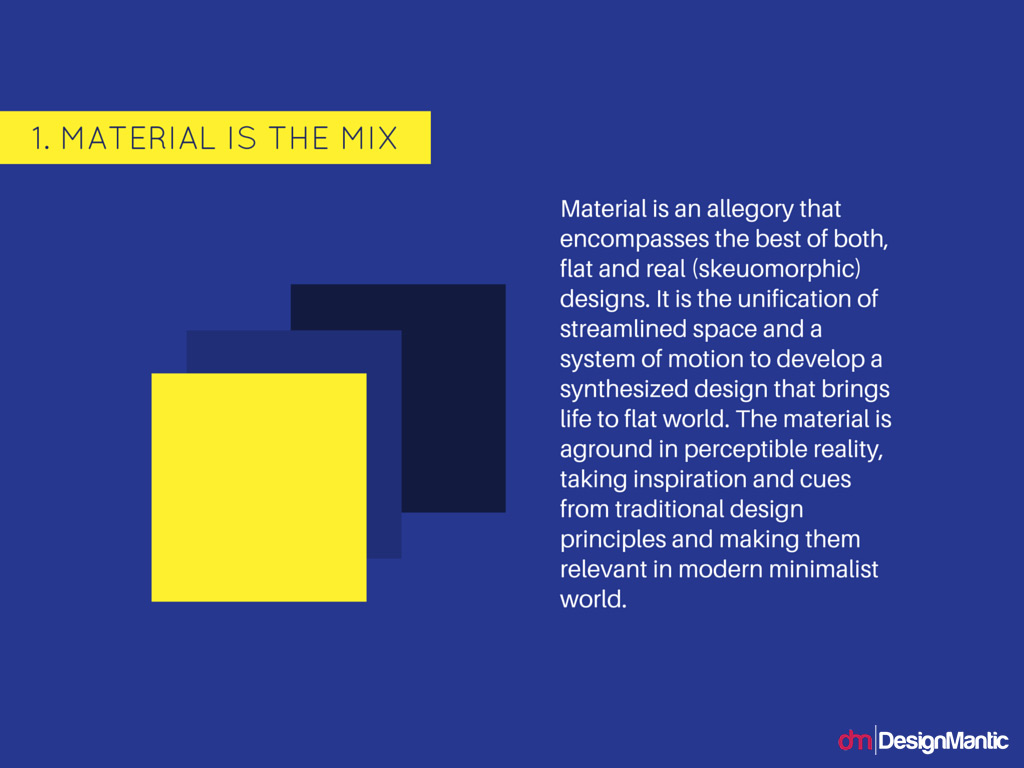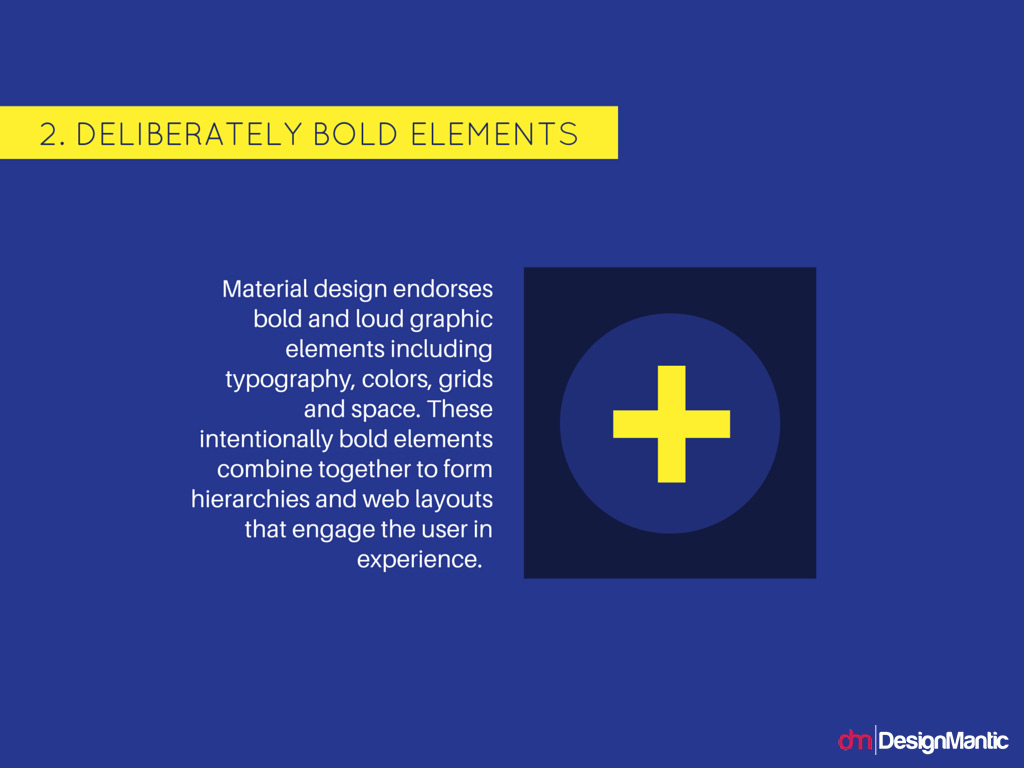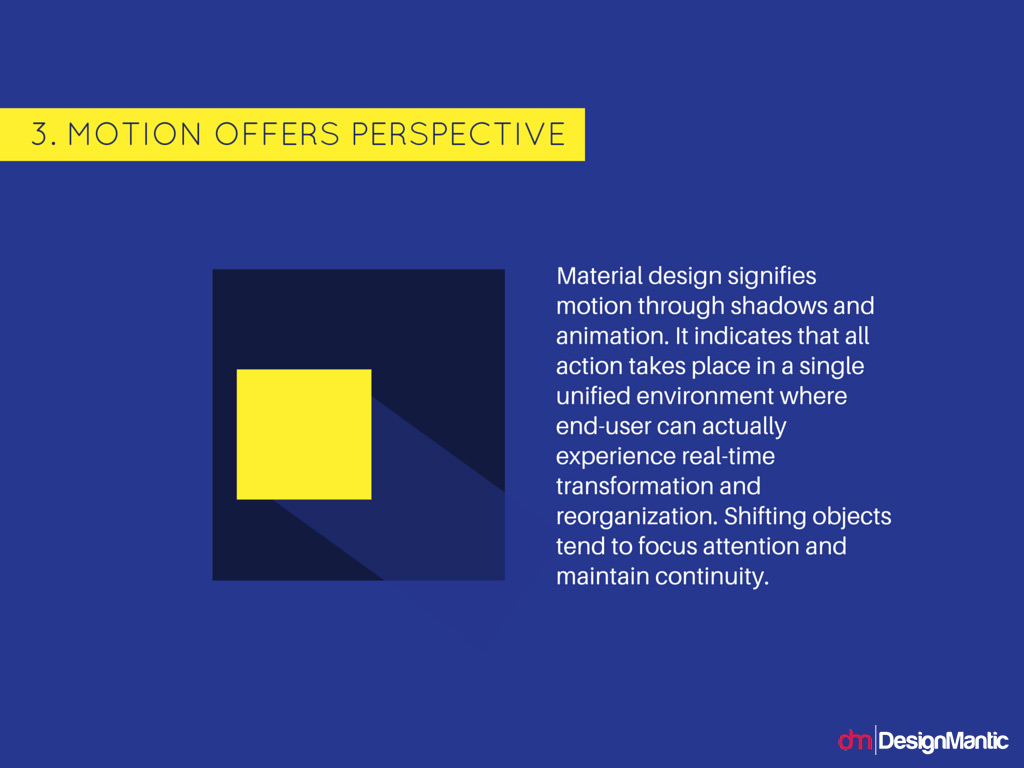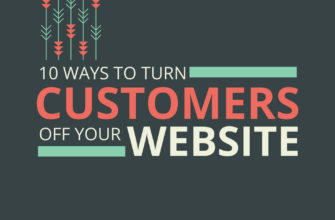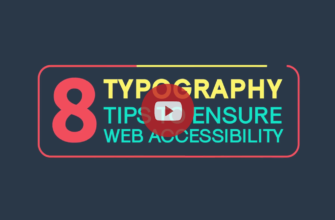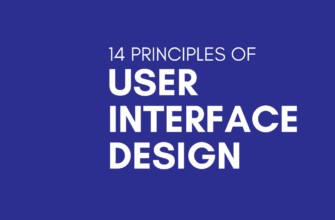What if design becomes alive as we interact with it? What if it could morph? It’s already happened, and it’s called Material Design, a concept that can help designers in doing everything from designing engaging websites to crafting a memorable logo.
Codenamed Quantum Paper, Material Design is a design language that was created by Google in an attempt to make UX more user friendly. Unlike flat design, this trend uses grid based layouts, transitions, padding and depth more liberally. Basically flat in nature, Material Design also makes use of other design elements, like skeumorphism for its makeup.
Related: Material Design – Is Skeumorphism making a comeback?
Google’s design evolution is contrary to flat design that is stripped of all stylistic choices such as gradients, textures and drop shadows. Flat design is purely functional, has color schemes that are pretty much straightforward and is basically designed for efficient identification of web elements. In all, it makes things easier for both designers and users alike. But it also has its limitations.
For example, since the purpose of flat design is to promote raw functionality, it limits designers to work with simple colors, shapes and iconography. Material Design provides solutions to this as well as other elements that make flat design limiting. How does Material Design work? What are its implications and how can it improve design? Let’s find out.

